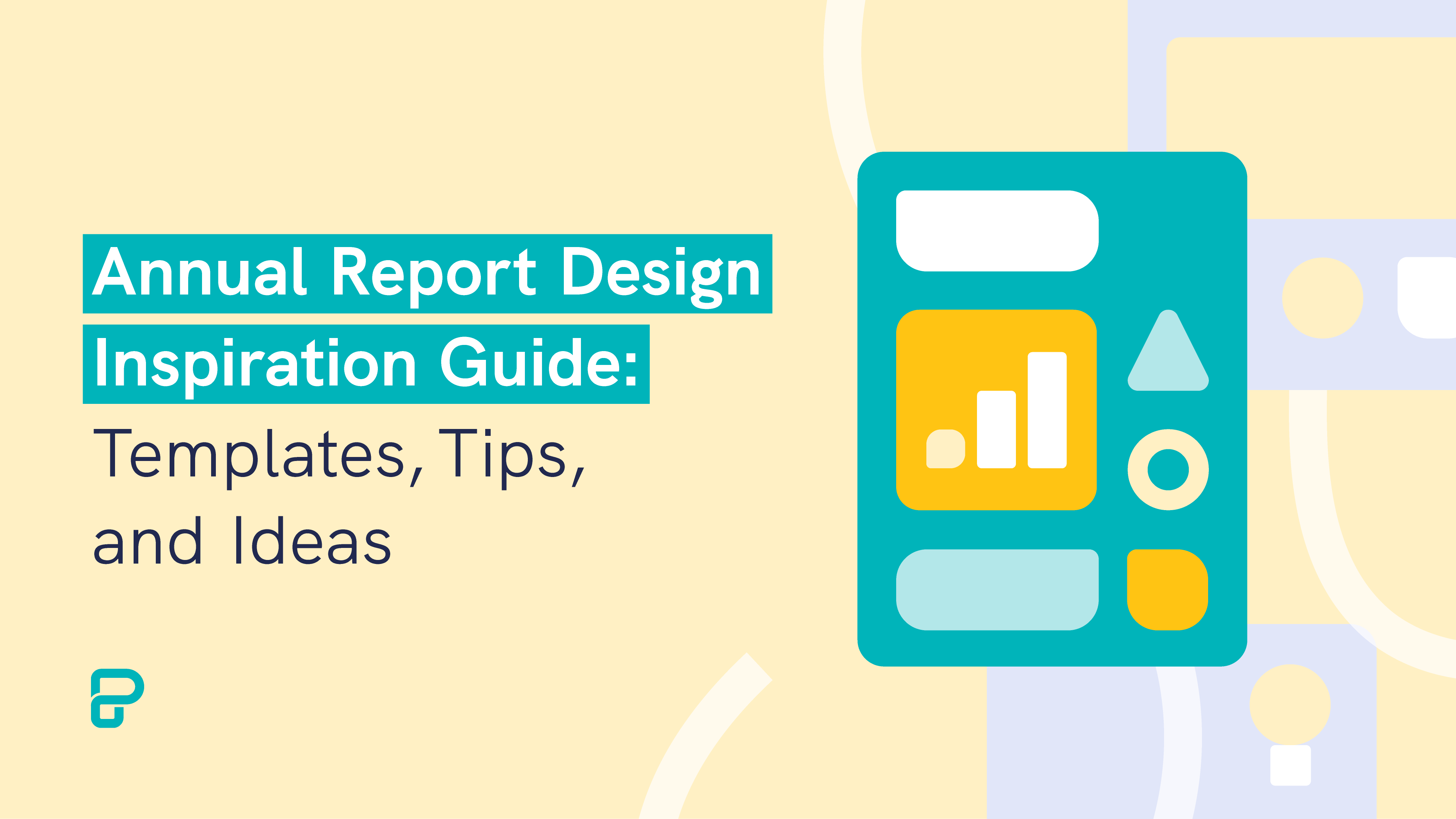From Data to Design: Tips for Creating Engaging Infographics in Annual Reports
Complex data and information in annual reports might be difficult for stakeholders to understand. Infographics provide a visually appealing method to display facts, making it easier to absorb and consume. Data visualisation and graphic design skills are required to create interesting infographics for your yearly report. Partnering with an annual report design company in Singapore may assist in guaranteeing that your infographics successfully communicate essential insights and information while remaining consistent with the overall look of your report. In this post, we’ll look at how to create compelling infographics in annual reports that successfully communicate critical insights and information.
1. Know Your Audience
Before developing infographics, you must first identify your target audience and what information is most relevant and useful to them. Customise your infographics based on their interests and requirements to ensure they resonate with stakeholders.
2. Choosing the Right Data
Choosing the appropriate data is critical for designing effective infographics. Focus on critical indicators and insights that reflect your organisation’s performance, accomplishments, and future aspirations.
3. Keep It Simple
Effective infographic design relies heavily on simplicity. Avoid overloading your infographics with too much information. To guarantee clarity and readability, limit the number of primary ideas to one or two for each infographic.
4. Use a Visual Hierarchy
Create a visual hierarchy in your infographics to direct users’ attention and emphasise crucial information. To highlight important information, use bigger fonts, bright colours, and vivid visuals.
5. Include Branding Elements
Infographics should follow your organisation’s branding rules to preserve consistency and strengthen brand identification. Use distinctive colours, typefaces, and artwork to ensure that your infographics are easily identifiable as part of your branding.
6. Select the Appropriate Chart Types
Choose chart formats that best communicate your facts. Infographics often employ bar charts, pie charts, line graphs, and scatter plots; however, use the one that best reflects your data and is simplest for stakeholders to grasp.
7. Share a Story
Infographics should tell a story while guiding readers through facts. They should begin with an intriguing title or headline, then provide the data in a logical order, and close with a clear takeaway or call to action.
8. Use Icons and Illustrations.
Icons and pictures may help you visualise topics and make your infographics more interesting. Choose symbols that are related to your data and offer visual appeal without taking away from the content.
9. Ensure Accessibility
Ensure that your infographics are accessible to all stakeholders, including those who have visual impairments. Use alt text to describe photos, and make sure your infographics have text versions for screen readers.
10. Test and Iterate
Before you finalise your infographics, test them with a sample audience to verify their effectiveness and ease of comprehension. Collect feedback and iterate on your designs as necessary to increase clarity and impact.
Conclusion
Infographics are an effective way of presenting data in annual reports, offering stakeholders clear, concise, and visually attractive information. By following these guidelines, you may develop infographics that successfully communicate critical facts while also engaging your audience. Working with an annual report design business may help you improve the quality and impact of your infographics, ensuring they contribute to the overall success of your report.
